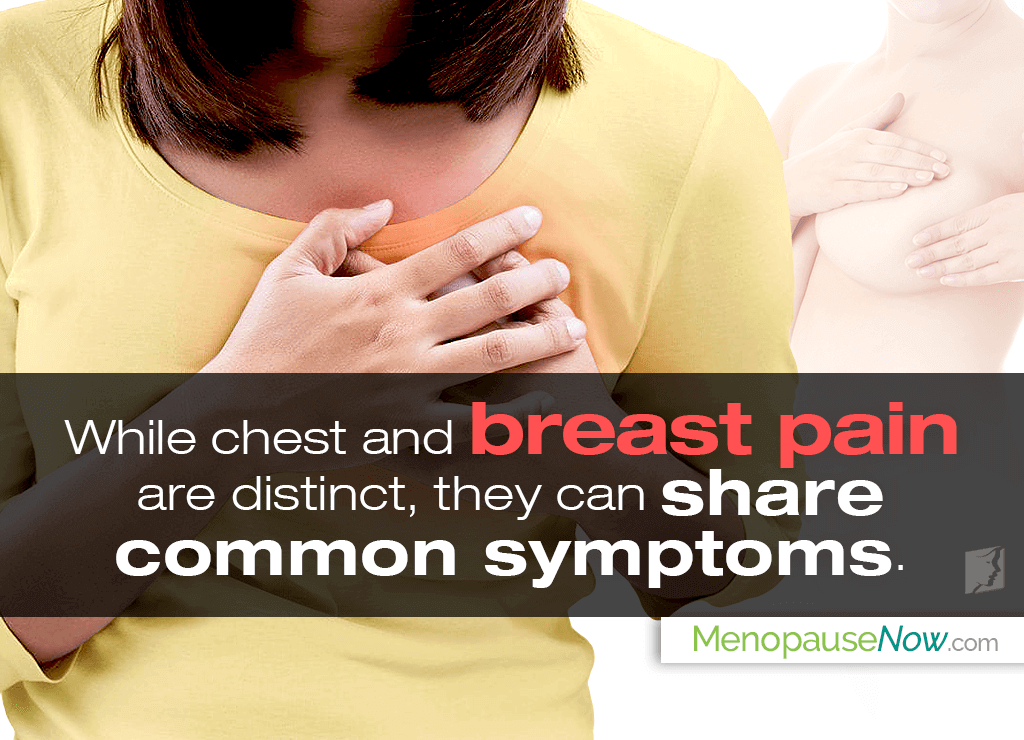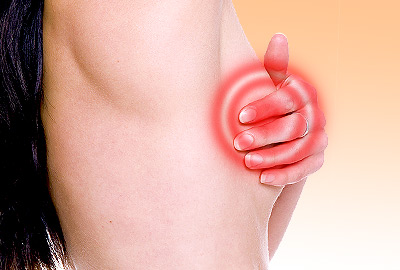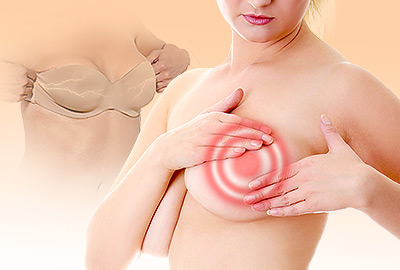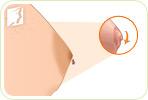Suffering from chest and breast pain can be worrisome, especially if the symptoms are severe. While the two conditions are separate, they can sometimes be connected. Read on to discover more about the symptoms of chest and breast pain.
Chest Pain
There are a number of causes of chest pain, with it usually being an indicator of heart or esophagus problems.
As such, symptoms can vary depending on the underlying reason. A few commonly reported symptoms are:
- A feeling of pressure, fullness or tightness in the chest
- A crushing pain that moves to the back, neck, jaw, shoulders, and arms
- Trouble swallowing
- A pain that increases with deep breathing or coughing
- A feeling of tenderness when the chest is pushed or touched
Some possible factors that can lead to chest pain are:
- Angina. Angina refers to a thick build-up of plaque on the inner walls of arteries, characteristic of heart disease.
- Pericarditis. This is a viral infection that results in inflammation of the sac surrounding the heart. This is normally very short term in nature.
- Heartburn. This uncomfortable burning sensation happens as a result of stomach acid washing up to the esophagus due to gastroesophageal reflux disease (GERD).
- Swallowing disorders. Such illnesses prevent food from moving through the esophagus normally.
Also, if a muscle in the chest wall is pulled or if there are internal problems underneath the ribcage, then pain can feel as if it is coming from the breast in addition to the chest.
Breast Pain
There are two types of breast pain: cyclical and non-cyclical. When occurring around the time of the menstrual cycle, it is called cyclical, and when it is not linked to periods, it is referred to as non-cyclical.
While it is unclear what causes non-cyclical breast pain as they range from anxiety and stress to injuries and medication side effects, a common cause of cyclical breast pain are erratic fluctuations of hormones.
A few of the commonly reported symptoms are:
- A heaviness or soreness
- A stabbing or burning pain
- Pain felt in the upper, outer area of breasts, extending to the armpits and sometimes down the arms
- Tender breasts
- Swelling and general lumpiness
- The intensity of the pain will not always be the same
Conclusions
In general, chest and breast pain are not a need for concern, but if the pain is severe, seeing a doctor is advisable, especially if the pains are accompanied with other symptoms, such as nipple discharge or rashes.
Click on the following link to learn more about breast pain treatments for menopause so that the hormonal imbalance symptom and others are no longer disrupting your day-to-day life.
Sources
- Breast Cancer Care. (2018). Breast pain. Retrieved April 4, 2019, from https://www.breastcancercare.org.uk/information-support/have-i-got-breast-cancer/benign-breast-conditions/breast-pain#noncyclical
- Cleveland Clinic. (2015). GERD: Non-Cardiac Chest Pain. Retrieved April 4, 2019, from https://my.clevelandclinic.org/health/diseases/15851-gerd-non-cardiac-chest-pain




